
We see all kinds of novel controllers and input devices for music on CDM, but don’t always get the chance to see how these are used in actual music making. Uraguay-based Gustavo Bravetti is a master of live laptop performance with alternative controllers. (See previous video of him from Colombia.) He talks to Liz (aka Quantazelle, a laptop virtuoso herself) about the scene on the other side of the Americas and how he’s able to fire up crowds with unusual performance techniques, via three-axis light control and the P5 interactive glove. And, really, we didn’t put him up to all the plugs for this site — I’m much more excited to find out how people are able to use some of these resources in front of an audience! So, Gustavo, we’re thrilled to learn about what you’re doing. Take it away, Liz. -PK
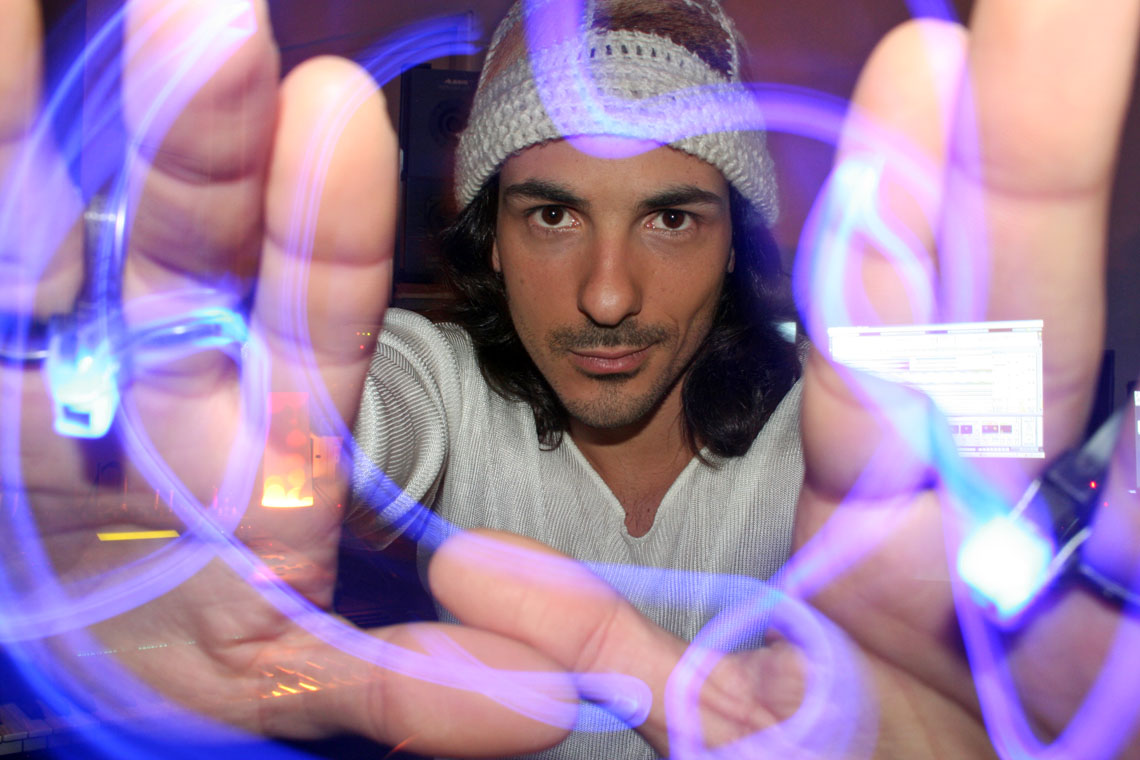
What’s the scene like in Montevideo / Uruguay? How does it compare to other locations? Is it conducive for you to work?
Uruguay is a very small country, we have just 4 million people, and the electronic scene is growing and getting smarter. I think that thanks to the internet, we are updated in what concerns to music and technology, we also are well informed on the global scene, that wouldn’t be possible without the invaluable tool that is the internet. Anyway, the Internet is a double sided weapon, and must be handled with care.
I’m a very positive person. I think that any scene is conductive for my work, especially in “your own city’s scene.” I mean, if they know you from the neighborhood, they will be harder to impress, and therefore will be more people that will criticize you, but if you take the good part of this, it would be positive for your work.
Tell me about your “alternative controllers.” Which are your favorites? What inspired you to make them?
I don’t have a favorite one, it depends on the moment and what I want to achieve.
What did inspire me to start working with them was my morning journal, the one that I read with my morning coffee, yes… it was “Create Digital Music” who inspired me for that.
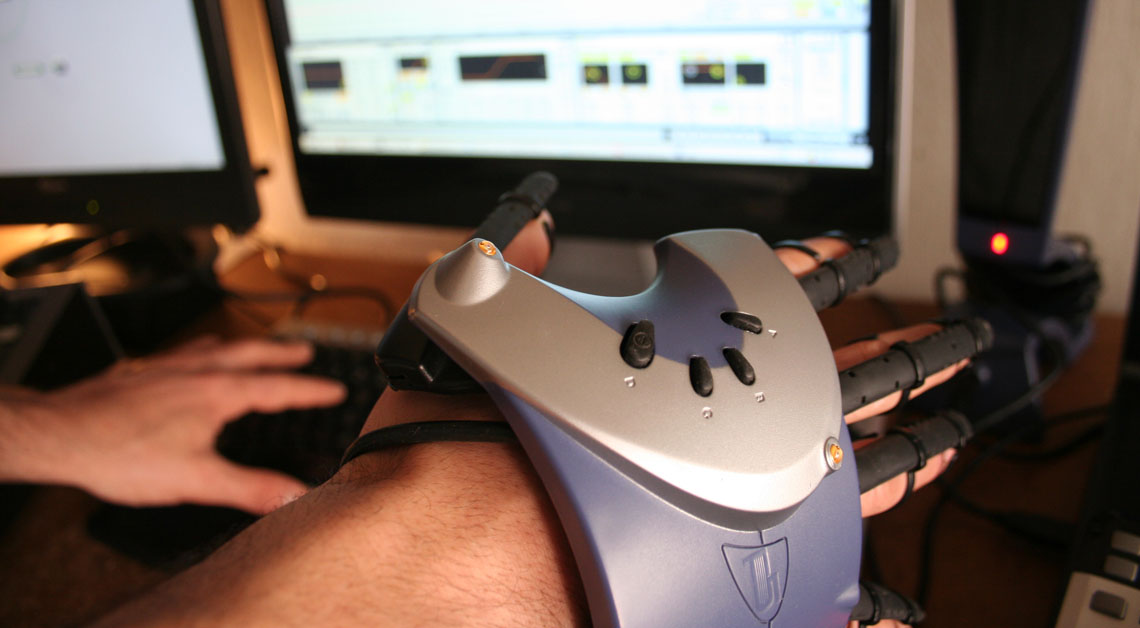 For many years, I used to work with my MC-505’s d-Beam. This device converts your hand’s vertical movement over the MC505 in a value that you can use to drive a synthesizer parameter, etc. People love that because it is more visual than rotating a knob with your fingers, so I was trying to buy or build more d-Beams for my setup to be able to handle more parameters at the same time, and/or use both hands to drive parameters. I was searching the web for an alternative when I reached “Create Digital Music,” and after reading many great articles I found one about PMIDIC from Ben X Tan.
For many years, I used to work with my MC-505’s d-Beam. This device converts your hand’s vertical movement over the MC505 in a value that you can use to drive a synthesizer parameter, etc. People love that because it is more visual than rotating a knob with your fingers, so I was trying to buy or build more d-Beams for my setup to be able to handle more parameters at the same time, and/or use both hands to drive parameters. I was searching the web for an alternative when I reached “Create Digital Music,” and after reading many great articles I found one about PMIDIC from Ben X Tan.
Immediately I thought “This is great! An “almost free” three axis wireless MIDI controller that you can drive with a light and people will love it.” But I didn’t stop there, I continued researching and searching, then I found some article about the P5 Glove. In that moment I decided to use both the PMIDIC and P5 Glove on my studio and live performances. Ben X Tan is a talented programmer from Australia. He helps me a lot doing some modifications to the original PMIDIC to fit some of my Live PA needs. Now I’m kind of like Ben’s advisor, and if we have time, we discuss new features, improvements, etc., and about the weather and furniture too.
The electronic drum is one of the favorites of the crowd, I guess because besides being very visual, it is easy for the crowd to associate what they see with what they hear. It’s not truly an alternative controller, but after ten years of using it in a traditional way I decided to give it an alternative approach, so I started playing melodies and doing unusual stuff, like, for example, driving the frequency of a bandpass filter applied to a white noise… things like that.
For that kind of thing it is good to have as many pads as possible– I use a TrapKat from Alternate Mode, it has 24 pads.
So what about that glove-controller? How does it work?
The Glove is a very interesting piece of hardware. It allows me to manipulate 8 independent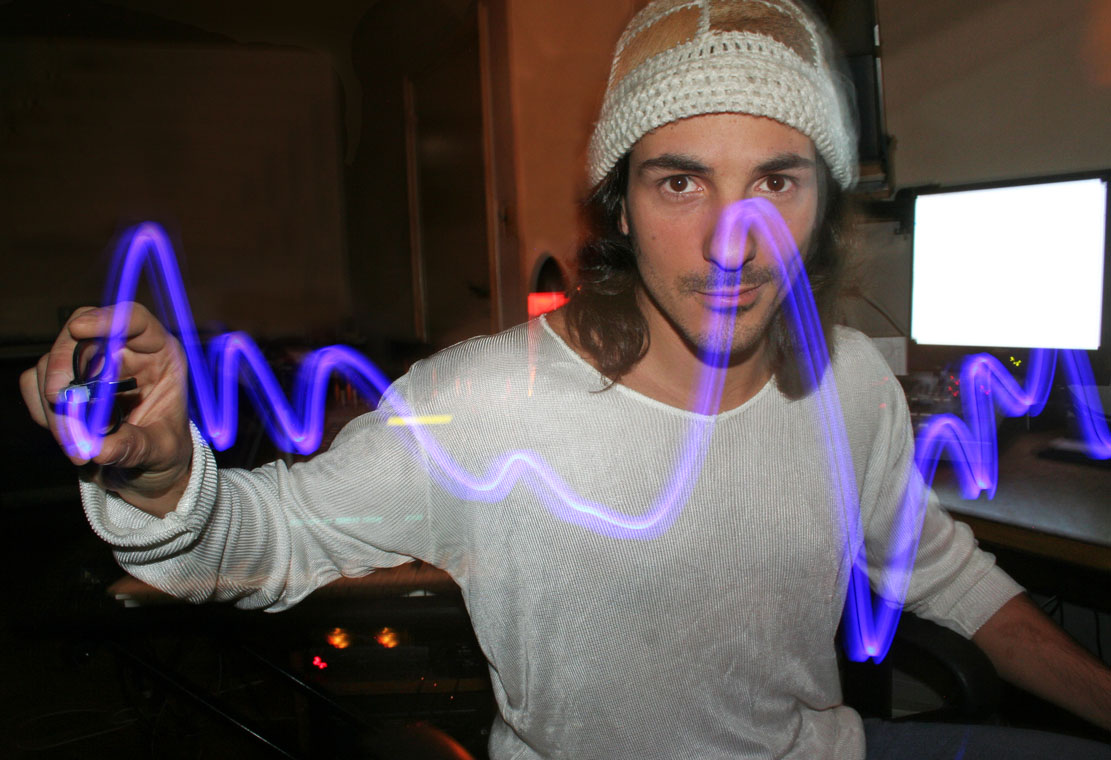 parameters at the same time in the simplest configuration. If you want to do that with knobs you need a lot of thumbs, I have only two that’s why the glove is great for me.
parameters at the same time in the simplest configuration. If you want to do that with knobs you need a lot of thumbs, I have only two that’s why the glove is great for me.
From the technical side, the glove is a standard “P5 glove” from “Essential Reality”. Ed.: you may be on your own on eBay, etc., finding one, but I think there are some still floating around. After trying the software that was around for converting P5 data on MIDI, I decided to create my own way.
Basically I use “GlovePIE” for the initial data, then I use a complex algorithm that I created in Synthmaker and Reaktor to transform that data. In that way I can do whatever I want with the P5. I can, for example, trigger different clips in Live using a finger, or play a musical scale with my thumb, and bend the pinky to rise a noise, then open a gate when it is bended over the 50% and launch the next scene when it is 80% bended, I can perform complex actions, like for example: launch “that” scene only when I bend all my fingers over 80%.
I try not to use hand position tracking with the P5, I prefer to use PMIDIC since PMIDIC is pretty fast.
Which of these get the best reactions from the audience?
I think the best reactions come when I play some well known melodies on my TrapKat. People also love PMIDIC and the blue light–I do very explicit effects with PMIDIC, and the blue led has its charms too. The P5 glove is a bit more complex to understand unless you perform very simple things with it, but always there will be some guys in the crowd, who knows about synthesis and music production and get fascinated with the glove, because they realize what I’m doing with it.
How did you make them? What other software / drivers / plugins did you need to write to get them to work? Around how much did they cost to make?
As I explained before I didn’t construct the hardware by itself with exception of the “Led handler” to be used with PMIDIC. I’m very proud of it. I had to figured how to have a led light in my fingers that wont bother me if I have to play a controller or move a slider, plus a mechanical system that allows me to turn it on and off in a fast and easily way. After a few hours I designed a compact and functional “led handler.” I will upload soon on Youtube a step by step guide so you can make your own. This “led handler” is very cheap, less than 4 USD, that’s why I said that PMIDIC is an “almost free three axis wireless MIDI controller”.
For PMIDIC you need a PC video camera with a good VGA for a faster response, the middle and high end models from Logitech do the job. You need also a light source that can be a standard led with a coin battery. PMIDIC is 100% free so you have a great three axis wireless MIDI controller and more, with less than 4 USD! (if you already have a good PC video camera).
The glove as I said is a standard P5 glove from Essential Reality, I got one from about 120 USD. I use GlovePIE to convert P5 data to MIDI data. GlovePIE is 100% free too. If you don’t want to write your own script on “GlovePIE”, there are other free software alternatives that convert P5 data on MIDI.
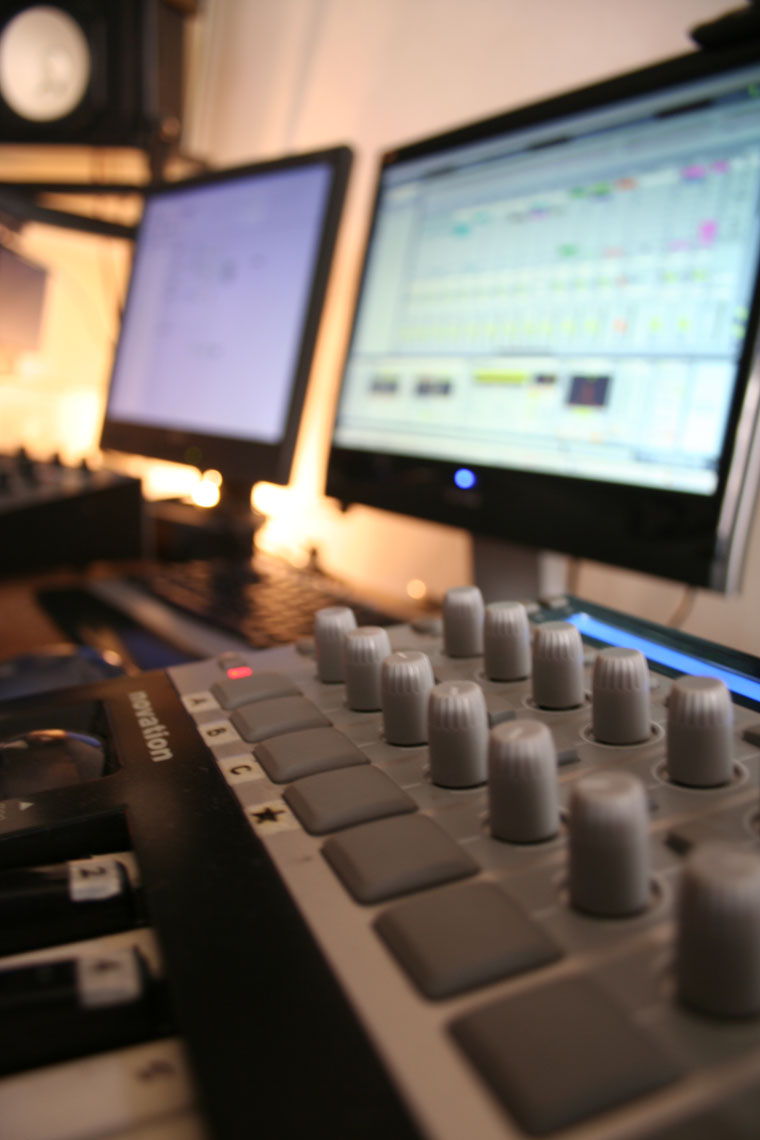 The electronic drum is a TrapKat from Alternate Mode, I bought it more than ten years ago, and I’d paid 1,200 USD, I’m very happy now because it costs 1,500 USD. It is the only electronic thing I’d buy that doesn’t lower its price a half (or more) each year. It was a very good investment– it has a lot of pads, and outstanding sensibility, I can play it with sticks, with my hands or even with spoons.
The electronic drum is a TrapKat from Alternate Mode, I bought it more than ten years ago, and I’d paid 1,200 USD, I’m very happy now because it costs 1,500 USD. It is the only electronic thing I’d buy that doesn’t lower its price a half (or more) each year. It was a very good investment– it has a lot of pads, and outstanding sensibility, I can play it with sticks, with my hands or even with spoons.
Basically all this gear generates MIDI that is handled by middleware software, and then goes to Ableton’s Live.
What always happens at some point is that I want to do something that by default is not possible, so I have to create that kind of tools or extensions as I call them, to add extra features and new possibilities to my studio/live setup. For that I use Synthmaker, CPS and Reaktor among others, in this way I can convert MIDI messages in real time, from anything to anything.
For example: I can smooth a series of MIDI CCs produced by the light’s movement, or quantize those MIDI CCs to a scale or even to the music. I cangenerate MIDI CCs with my drum, MIDI notes with the P5 glove, and SYS EX with a light through PMIDIC to control external gear.
What is CPS? I’m not familiar with it.
CPS is a usefull tool to develop synthesis algorithms and or audio applications, is like Reaktor, but it exports a C++ code that with the appropriate SDK your project can be compiled on a stand alone executable file ,I mostly do MIDI transforms there, but is a powerful developer tool, even I’m developing a video game audio engine wth CPS. You can get more info here: http://cps.bonneville.nl/
I also have a Remote 25SL from Novation, I think that is the best controller for Live PA of its kind. Now I’m focusing on not being reliant on my laptop’s mouse and keyboard”?] For that I’m creating functions that allow me to navigate, copy, paste, etc.,by using the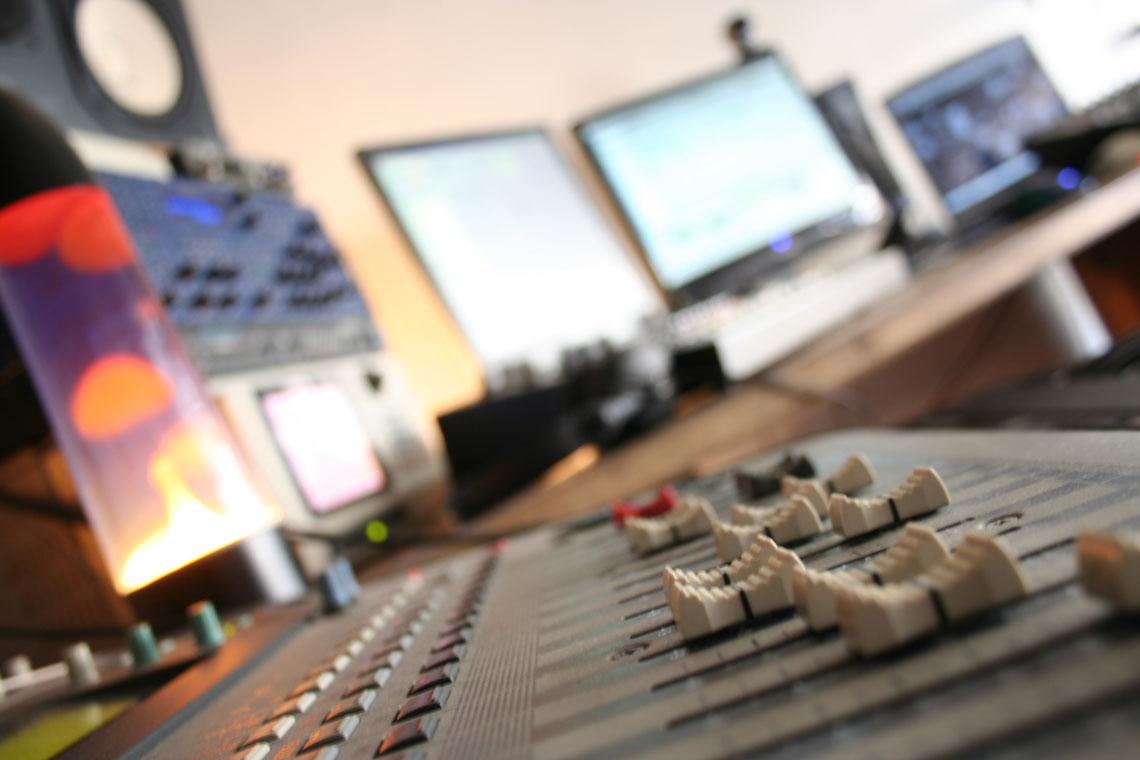 Remote 25SL and middleware software.
Remote 25SL and middleware software.
Which middleware do you use for this? This seems like a very ambitious project! Can you tell me more?
The middleware consist of little algorithms that I programmed for this purpose. I have plans to release these tools soon so I prefer to not enter on technical details for now.
Fair enough. Tell me about Pushandpull–how did you make it? What inspired it?
I created Pushandpull to encourage a friend to use Live in his DJ sets. I’d had the idea running around in my head but when a friend told me that he won’t use Live just because he loves to play with vinyl, and it was too hard for him to beat-match from vinyl to Live, I decided to program Pushandpull.
Pushandpull makes it easier to beat-match Live with an external music source.Pushandpull does to Live’s master TEMPO, what we do to a turntable’s RPM when we slightly push or pull the vinyl.
With Pushandpull you can use two keys/buttons to temporary nudge Live’s master TEMPO by +-5% (gradually) from the actual tempo, like the + and – “pitchbend” buttons on any standard CDJ, also it allows you to change Live’s master TEMPO in little steps to do fine adjustments, using another two keys/buttons.
I programmed Pushandpull using Synthmaker by Outsim. Synthmaker is a great developer tool for audio/MIDI related applications. The workflow is like in Reaktor but you can compile your work to a VST or a stand alone .exe, plus you have many elements to give a professional look to your application without the needs to type any code or deal with compilers etc. But that doesn’t mean that you can’t type some code in there!
After testing it with success, I decided to create the Smartextensions company and then release Pushandpull for free through Smartextensions for Live’s users.
Today almost all my live performance is generated in Live so I use Pushandpull mostly to interact with other DJs.
What’s next for your software company, Smartextensions?
The first in the list for Smartextensions is the new Pushandpull version. Pushandpull has been a great success, with about 3000 downloads and very good feedback from the users, but there is a problem with Pushandpull, it runs only on MS Windows based systems and many OS X users are constantly reminding me of that.
So the next Pushandpull version beside the new exiting features, has to run on OS X based systems. The problem is that with my gigs, music production, and the time I spend teaching, I haven’t enough time to get in the OS X programming world. I have the new Pushandpull algorithms ready; I’m just waiting for a partner that takes care of the OS X GUI.
My problem is that I want to keep it free or at least donationware and that makes it a bit harder, but I hope to find my partner soon.
In other matters I have many ideas that at some time will be released through Smartextensions.They range from useful extensions that will add new features and extra power to your actual hardware/software, to innovative audio effects and virtual instruments, and even I have planned educational software for DJs/producers.The idea with Smartextensions is not to create a better version of things that already exist, but create completely new and innovative software.
Also I will unveil my personal record label in the next two months, and I will do a pre-release of my new musical productions through www.djvox.com.
What do you think about the Live PA scene in general? What do you think is in store for the future?The LivePA scene is growing and going mad and I love it. There are many people getting their hands dirty creating crazy alternative controllers like interactive tables, circuit bending, and stuff like that. I think that using a new hardware that lets you create sounds or modulate music in a different approach than the existent ones, is very positive in regards to to music composition and/or live performance. I’m using PMIDIC and P5 even in my studio because I can drive many parameters at the same time. Yes it is true that you can drive many parameters programming the correspondent envelopes, but the musical results won’t be the same. It is like programming a melody using your mouse and PC’s keyboard compared to recording a melody with a sensitive MIDI controller. I’m not saying that one is better than the other; just that different approaches lead to different results and that gives you a wide palette to paint your music. I wishI had more time to get on hardware too, but not all is possible so I will stay on the programming side, at least for now.
When I started to create music in the early nineties, hardware was a must. If you want to make music then you had to spend a lot of money in synthesizers, samplers, and sequencers. Years have passed and technology gets better and cheaper every day (with the exception of my TrapKat). Today you can produce quality stuff with a single computer, which is great; today you have not to be rich to produce electronic music.
I think that soon they will become very common and I think they will be a better and flexible alternative, to the Monome and similar interfaces that are gaining a lot of popularity these days .